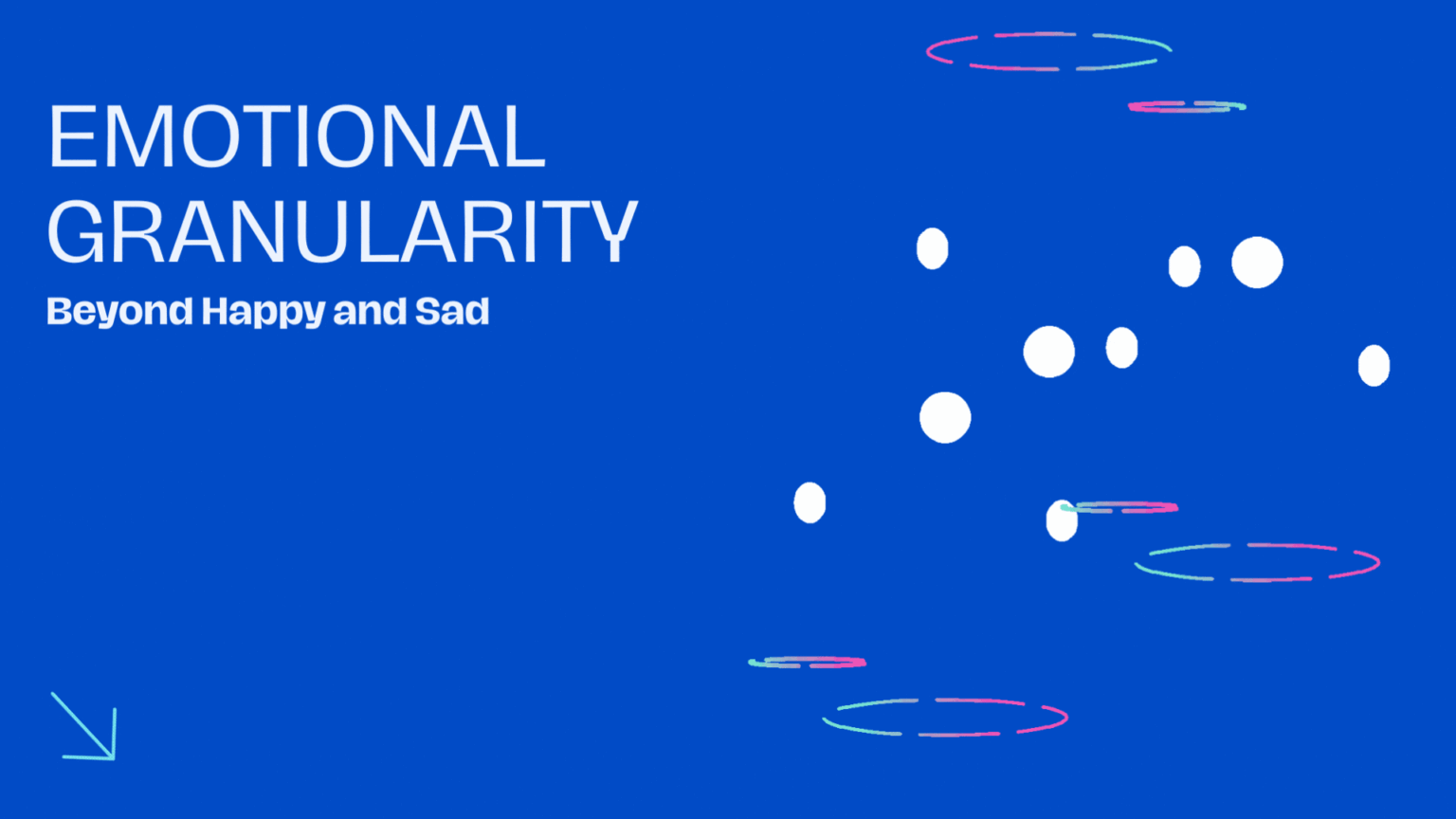psychology present brain research speaks to the immense and complex past of the calling, the foundations of brain research fluctuate generally from ebb and flow viewpoints. You should contribute some time considering the past and roots to accomplish total information on brain science.
What was the base of brain science? When has it begun? Who were the people answerable for the different study of brain research?
Why the historical backdrop of brain research?
Contemporary brain research is established in a wide assortment of issues, from the physical to the cultural stage, seeing individual activities and the idea strategy. Therapists are exploring human challenges that start and last til’ the very end before life.
Brain science experienced a large group of issues from its initial roots. The principal issue about how brain research ought to be depicted assisted with recognizing it as a control particular from physiology and theory.
Clinicians have been introduced since forever with valuable inquiries:
Is brain research an examination undoubtedly?
Should therapists use studies to shape public approach, arrangement, and other human conduct perspectives?
Is psychiatry expected to depend on quantifiable practices?
What strategies of study for brain research can be utilized??
What are the brain science subjects and issues to address?
History: Theory and Psychology
. The French scholar Rene Descartes presented the thought of dualism during the seventeenth century, contending that the brain and the body are the two elements that interface to shape the human experience.
In these early philosophical practices a few different points which therapists actually address today, for example, subjective commitments to nature versus diet.
So what separates among hypothesis and brain science? Although early thinkers depended upon procedures, for example, instinct and derivation, therapists presently utilize experimental ways to deal with dissect human thinking and activity and make inferences.
Physiology has since been persuasive in the resulting development of brain science as an examination field. Early physiology probes the cerebrum and conduct, in this way prompting current techniques for understanding human comprehension and conduct, affects brain research.
Wilhelm Wundt His book “Standards of Physiological Psychology,” written in 1873, depicts a few of the fundamental linkages between physiological examination and human recognition and investigation.
In 1879, he set up in Leipzig’s college the principal world brain research lab.
His initial practice in brain science has assisted with setting the path for ensuring hypothetical procedures while his use of a strategy known as thoughtfulness is regarded inadequate and informal today.
Wundt has offered addresses in brain science to an expected 17,000 understudies and has explored at his brain research lab hundreds more. His impact on brain research stays undeniable, despite the fact that his essence decays as the area develops.
Structuralism: First School of Thinking in Psychology
The structuralist contention that the human brain can be part down into more restricted areas. Edward B. Titchener, one of Wundt’s most notable students, will help to establish the principal key school of reasoning. Psychology. In this manner taught, people will endeavor to separate their answers and responses to the most well-known insight and encounters utilizing a strategy known as reflection.
At the point when Titchener kicked the bucket in 1927, he passed on structuralism.
William James’ highlights
In the mid-to late-1800s, brain science prospered in America. William James showed up during this time as one of the main American clinicians.
His book quickly turned into the customary helpful content and his speculations really went about as a reason for a cutting edge thinking framework named functionalism. Functionalism fixated on how activity truly permits people to live with their surroundings. For understanding the human brain and activities, functionalists utilized methods, for example, direct assessment.
All these early research organizations focused on human mindfulness, however their feelings shifted incredibly. Despite the fact that the structuralists were looking to separate idea structures into their littlest segments, they accepted that mindfulness stayed as a stage that developed more and continually.
Despite the fact that effortlessness step by step vanished into a different technique for intuition, resulting analysts and human discernment and conduct hypothesis would start to affect it.
Analysis Emergence
Early brain science underlined mindful human attention to this point. An Austrian doctor named Sigmund Freud drastically changed the mental face and proposed a character hypothesis which focused on the essentialness of the oblivious psyche.
Freud’s mental investigations with agitation casualties and different issues incited him to presume that early baby collaborations and unconstrained throb likewise would in general form the disposition and activities of grown-ups.
Freud proposes the mental issues become serious or lopsided inferable from these oblivious differences.
Sigmund Freud was an Austrian doctor. He fundamentally changed the mental face. In addition, he proposed a character hypothesis. This hypothesis focused on the centrality of the oblivious brain.
Freud’s mental investigations with insanity casualties and different problems provoked him to finish up. He closed the early newborn child co-operations. Additionally, unconstrained throb likewise would in general form the demeanor and activities of grown-ups.
This is generally by slips of the voice and dreams. Freud recommends the mental issues become serious or uneven. This is inferable from the oblivious contradictions.
Sigmund Freud’s psychoanalytic way of thinking ruled the way of thinking of the 20th century. It molded the region of psychological wellness just as the style, writing and the standard culture. A lot of his speculations are seen with scorn today. In any case, his mental effect is overpowering.
The Impact of Psychoanalysis
The Revival in Actions
In the mid twentieth century, brain science developed drastically. This was the point at which another hypothesis of reasoning named conductualism took off to conspicuousness. Conduct was a huge deviation from earlier diagnostic perspectives. It prompted excusing both the cognizant and the oblivious psyche. Directing regularly looked to make brain science an examination subject. This was by depending only on quantifiable conduct.
The investigation of a Russian physiologist called Ivan Pavlov began right off the bat in conduct. The exploration completed by Pavlov on the stomach related frameworks of canines drove him to find the system of traditional molding. This demonstrated that conduct can be instructed by means of adapted affiliations.
Pavlov has demonstrated that this system can be utilized to consolidate an ecological incitement with a characteristic upgrade.
Perhaps the best defender of behavioralism immediately turned into an American movie producer, John B. Watson. Watson later composed his well known book “Behaviorism” (1924) . He started by depicting the center goals of the advanced style of theory in his 1913 article on Psychology as a behaviorist sees.
The impact of comportementalisme was colossal and the following 50 years were at that point administered by this school of reasoning. Through his meaning of operational molding, which uncovered the impacts of requital and assertion on activities, the analyst B.F. Skinner increased the carrying on point of view.
While behaviorism steadily lost its predominant impact over brain research, the center ideas of contractual brain science keep on being utilized psychology.
Helpful techniques included social examination, conduct change, and token economy. They were used to assist youths with creating adapting capacities to determine sick versatile propensities. This was while necessities are remembered for specific conditions, starting with parental instruction to getting done with school.
Brain science’s Third Power
In spite of the fact that psychoanalysts considered understood longings and conductors dependent on natural variables, Rogers profoundly had faith in the impact of unrestrained choice and power.
In correlation, Abraham Maslow’s famous chain of importance of requirements and individual craving, therapist prompted humanistic brain science. This speculation demonstrated that an ever increasing number of muddled requests enlivened individual’s psychology.
Brain research of Thought
During the 1950s and 1960s, science began to hold onto control of a pattern perceived as the social change. In this time the common technique in brain research was intellectual brain research. This supplanted analysis and behaviorism.
Clinicians additionally wanted to take a gander at quantifiable activities, yet additionally what was happening inside the head is the psychology.
Intellectual science has likewise kept on exploring different points. This incorporates getting, consideration, dynamic, tending to issues, information, and jargon. Mind imaging strategies including MRI and PET outputs additionally improved specialists’ ability for examination. That is, to break down the inward activities of the human smart cerebrum in more prominent profundity.
Brain research is likewise expanding
As you have seen in this fast depiction of mental history, since Wundt’s legitimate beginnings, this training has gone through intense turns of events and change. The story doesn’t stop here.
Since 1960 brain research likewise developed more, adding new hypotheses and experiences. Current mental writing investigates numerous features of human conduct, beginning from the natural impacts with the impact of socio-social causes.
Numerous analysts right now don’t connect with a specific strategy for thought. All things considered, they frequently center around a solitary area or perspective and furthermore depend on ideas from a wide range of investigative points of view. The eclectics have kept on impacting brain research for impending years, and have brought new ideas and theories.
A Timeline of Contemporary Psychology Background from 1878 to the present time
History of women’s psychological analysis
Not on the grounds that ladies have little interest in brain science, but since ladies have been eliminated from hypothetical and sensible guidance during their initial long stretches of involvement.
Any ladies added significantly to the early improvement of brain science, yet they
in some cases disregard their capacity. numerous female therapists were pioneers
The school declined to graduate since she was a spouse. So she didn’t have the occasion to get a doctorate from Harvard. She additionally investigated with unmistakable scholars, for example, William James, Hugo Munsterberg, and Josiah Royce of the day. While she experienced difficulties, she was the principal female leader of the American Psychological Society.
Very well ‘s Term
It is imperative to find out about a portion of the past advancements that have molded their creation. This is to acknowledge how brain research has become the science it is today.
A few thoughts set up in the early long stretches of brain science are as yet viewed as obsolete, excess, or bogus. In any case, these powers affected the field bearings.
Additionally, it empowered us to comprehend the human psyche and conduct.
For more: Empathy in a Divided World : How to Understand Different Viewpoints.










